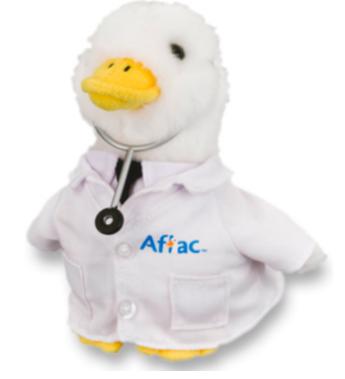As if we don't have enough to worry about.
Three states are on fire. There are five tropical cyclones in the Atlantic for the first time ever. Our social fabric is unraveling. And there is this annoying little virus blowing up people's lungs and it isn't going away anytime soon.
Fortunately, you can rest easy, at least partly. Dr. Duck's lethal buttons will no longer poison your kids.
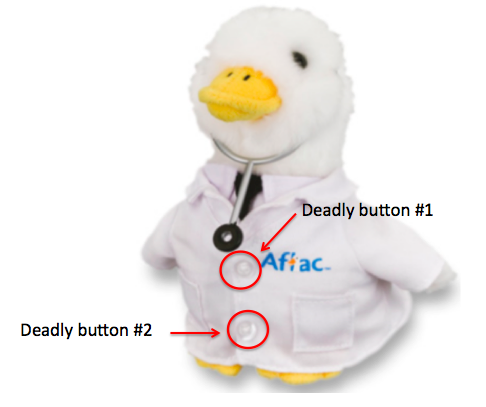
6” Plush Aflac Promotional Doctor Duck is being recalled. Whew!
The Consumer Product Safety Commission (CPSC) issued a recall in late August. Why? Here:
Hazard:
The buttons on the lab coat worn by the Doctor Duck contain levels of lead that exceed the federal lead content standard. Lead is toxic if ingested by young children and can cause adverse health issues.
Remedy:
Dispose
This straddles the line between insanity and madness. While there are clearly two buttons on Doc's spiffy lab coat it is unclear how much lead is in them or how many of Aflac's 635,000 promotional gifts ended up in the hands of button-munching kids. Is there really anything to worry about here?
While real lead poisoning is nothing to take lightly the chance that these buttons pose a real toxicity hazard to kids is somewhere around zero. To see why we need to take a look at some data on lead exposure since the 1970s.
1. Our air is cleaner
During the 1970s, when leaded gasoline was still being used the concentration of lead in air reached almost 7 micrograms per cubic meter (1). A decade later that number was less than half.
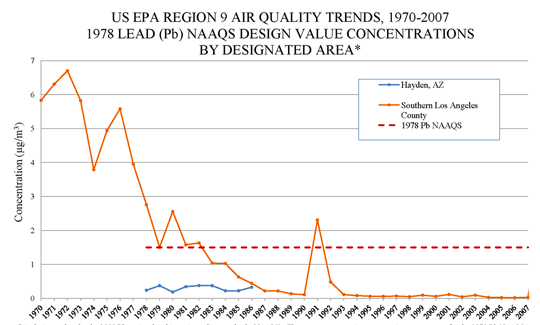
The concentration of lead in air in the Pacific Northwest, 1970-2007. Source: EPA
Since 2015 levels have remained below the national standard of 0.2 micrograms per m3 - about 30-fold less than in 1971.
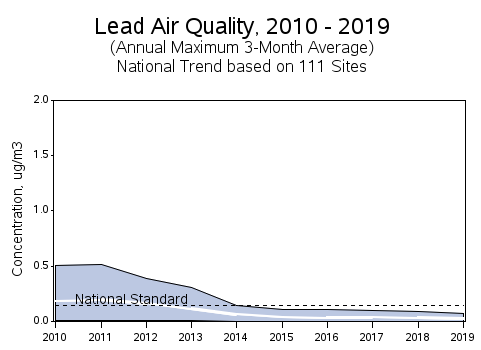
Source: EPA
2. Our homes are safer
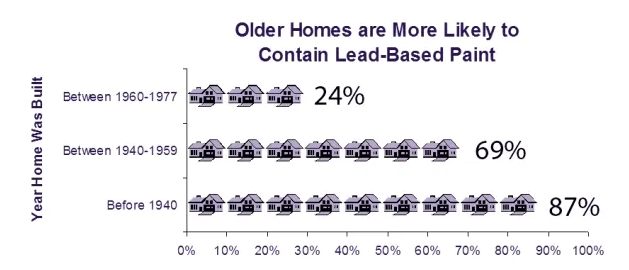
Lead-based paint – a significant contributor to child exposure – has been banned since 1978, although older houses probably do (or did) contain lead paint. Although simply painting over lead paint isn't very helpful there is a process called encapsulation which provides a seal to keep the lead paint covered.
3. Our standards are stricter
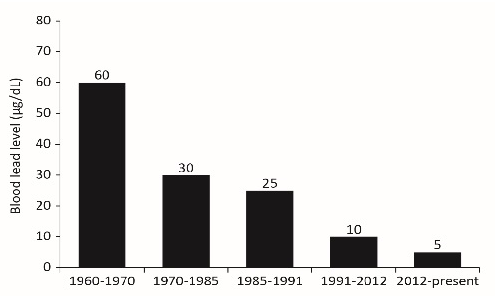
US Standards for blood lead levels 1960-present. Source: Agency for Toxic Substances and Disease Registry
The EPA keeps lowering the bar for lead exposure (as measured by blood levels). This is fine because most people have very low levels. There is a phony debate about "no known safe level of lead." This is a nonsense statement. It does not mean that any amount of lead is harmful, but rather, the level at which there is no harm is unknown. A little tricky language here. Two lead atoms cannot possibly be harmful in any way. There is a safe level of lead. Scientists just can't agree on it.
4. Our Kids' Blood Lead Levels are Much Lower
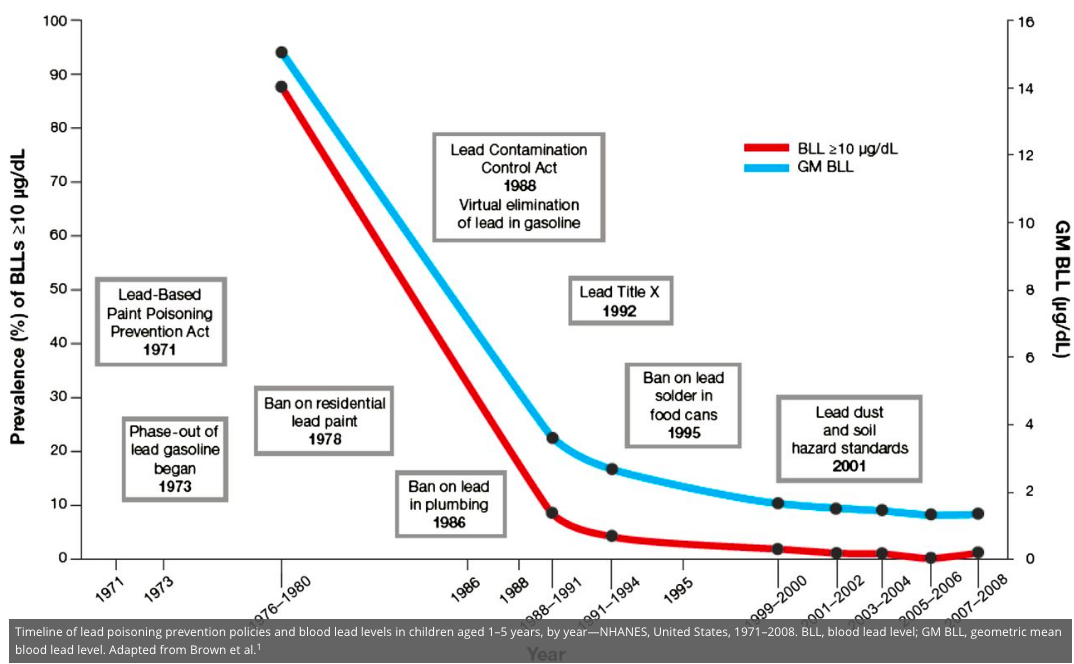
The percent of children having lead blood levels of more than 10 micrograms per 100 mL (red line) by year between 1971-2008. Source: Pediatrics
I suppose much like any agency, the CPSC wants to keep its budget intact, and I'm betting that the war on Dr. Duck is far more about this than preventing any harm from his buttons. Those of us who were alive in the 70s were practically swimming in lead and you don't see us walking around with two heads, right?

NOTE:
(1) This measurement was made in EPA Region 9, which includes Arizona, California, Nevada, Hawaii, and some Pacific Islands.
